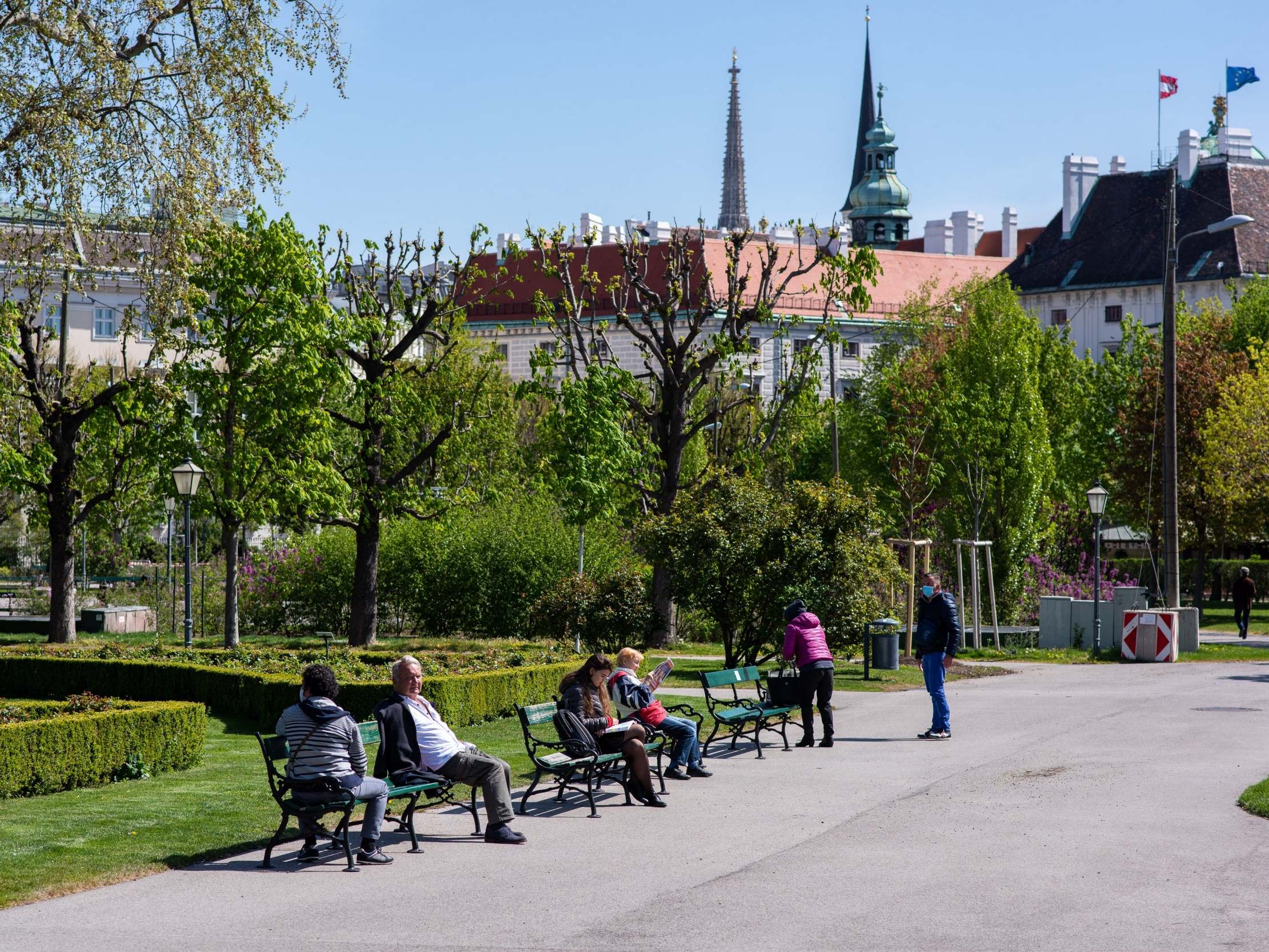Early lockdown and mobile testing units: How Austria managed to flatten the curve
Country credited with acting ‘very early, and very decisively’. Denise Hruby reports from Vienna

Your support helps us to tell the story
From reproductive rights to climate change to Big Tech, The Independent is on the ground when the story is developing. Whether it's investigating the financials of Elon Musk's pro-Trump PAC or producing our latest documentary, 'The A Word', which shines a light on the American women fighting for reproductive rights, we know how important it is to parse out the facts from the messaging.
At such a critical moment in US history, we need reporters on the ground. Your donation allows us to keep sending journalists to speak to both sides of the story.
The Independent is trusted by Americans across the entire political spectrum. And unlike many other quality news outlets, we choose not to lock Americans out of our reporting and analysis with paywalls. We believe quality journalism should be available to everyone, paid for by those who can afford it.
Your support makes all the difference.At Vienna’s newly opened hospital in the north of the city, parking lots and hallways remain almost deserted, with only a handful of staff seen walking past the large glass entrance.
For now, visitors aren’t allowed inside the hospital and non-emergency surgeries have been postponed indefinitely.
Unlike in Italy and Spain, the eerily quiet hospital appears to show that Austria’s health care system has not yet been overburdened and that capacities remain able to handle the outbreak.
Currently, Austria is treating only around 1,000 Covid-19 patients in hospitals, around a quarter of them in intensive-care units. Hastily built field clinics with hundreds of beds, most of which are housed at event venues, also remain vacant, as do about a third of ICU beds nationwide.
The ministry of health on Tuesday announced 122 new coronavirus cases, a dramatic drop from the peak of 966 cases on 26 March. In mid-March, the number of infections doubled every three days. Now, the curve has been flattened, government data shows, with infections now doubling only about every two weeks. Austria has reported 393 coronavirus deaths and 14,000 cases.
The government’s success in fighting the pandemic thus far is owed mainly to an early lockdown, Thomas Czypionka, head of the Austrian Institute of Advanced Studies’ Health Economics and Health Policy Group and a visiting senior research fellow at the London School of Economics and Political Science, told The Independent.
The country went into lockdown on 16 March, making the small Alpine nation one of the first to introduce such sweeping measures in Europe. By comparison, the UK did so on 23 March. On Tuesday, shops began reopening in Austria as the country started to loosen restrictions – after just one month of lockdown.
“We reacted very early, and very decisively,” Czypionka said. Models that showed how the virus would likely spread if no measures were introduced had an impact on decision makers, he said, as did the large number of deaths and conditions in hospitals in northern Italy, a region that directly borders Austria.
Austria’s lockdown was also relatively strict compared to other countries: people were only allowed to leave their homes if they were essential workers, if they needed to shop for essential items like groceries, or if they were helping people in need of support.
Police patrolled streets, parks and tourism destinations, and fined those lingering in public spaces or meeting with a person who did not live in the same household. More than 17,000 tickets were handed out.
Aside from an early shutdown and self-isolation, Clemens Martin Auer, one of the government’s chief health advisors during the pandemic, says the main reason for this decrease in infection rates was a hotline that dispatches mobile testing units to people who show symptoms that would match a Covid-19 infection.
“The key was to keep them out of the hospitals, where a lot of transmissions could take place, and where it could spread quickly, and that really made a difference for us,” Mr Auer told The Independent.
Though mobile testing and a Covid-19 phone number are not unique to Austria, Mr Auer said that both were available from the start of the pandemic and widely advertised and promoted in the media. People showing symptoms were told to first call the freephone hotline, operated by the Austrian Agency for Health and Food Services, where an expert would determine whether the caller needed to be tested and dispatch a mobile team of health care professionals who administer tests directly at people’s homes.
The system didn’t always run smoothly, with people reporting long waiting times to get through and a narrow definition of which symptoms could indicate a Covid-19 infection. The government also struggled to keep up with testing and people reported waiting more than a week from their first call until receiving results.
Still, Mr Auer says that this allowed the majority of cases to remain under self-quarantine at home, while those needing professional medical attention could be admitted to hospitals ready to handle the influx.
“That was our big achievement,” Mr Auer said.
Join our commenting forum
Join thought-provoking conversations, follow other Independent readers and see their replies
0Comments